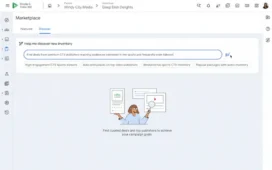So what constitutes a “view” in a social media app, and what does “view count” actually represent on each platform?
Last week, Instagram announced a significant change in its analytics, by switching all of its data references to “Views” instead of other signifiers like “Reach” and “Plays.” That’s in line with both broader industry trends, as well as evolving usage behaviors. But it also means that IG is changing the way that it calculates engagement once again.
Which, as noted by industry expert Nick Cicero, also shifts the social measurement landscape.
“It feels like Groundhog Day all over again – Instagram is getting rid of the impressions metric and the plays metric, and replacing them with the “view” for all content types: Reels, photos, carousels, Stories, and more. But this isn’t the 3-second view from a few years ago. Instead, Instagram joins the trend of consolidating metrics around the 1-second view (basically an impression).”
Cicero acknowledges that this does simplify measurement, in bringing broader industry alignment with the definition of what a “view” is. But it also might not be representative of true engagement.
“The one second view metric provides a straightforward way to measure and compare content performance, making it easier for creators and marketers to optimize strategies across Instagram, TikTok, and X. [But while] a one second view might capture initial interest, that doesn’t reflect deeper engagement.”
So what is a view as defined by each of the major platforms now, and how does that relate to your marketing approach?
Cicero has put together this handy overview for reference.
















